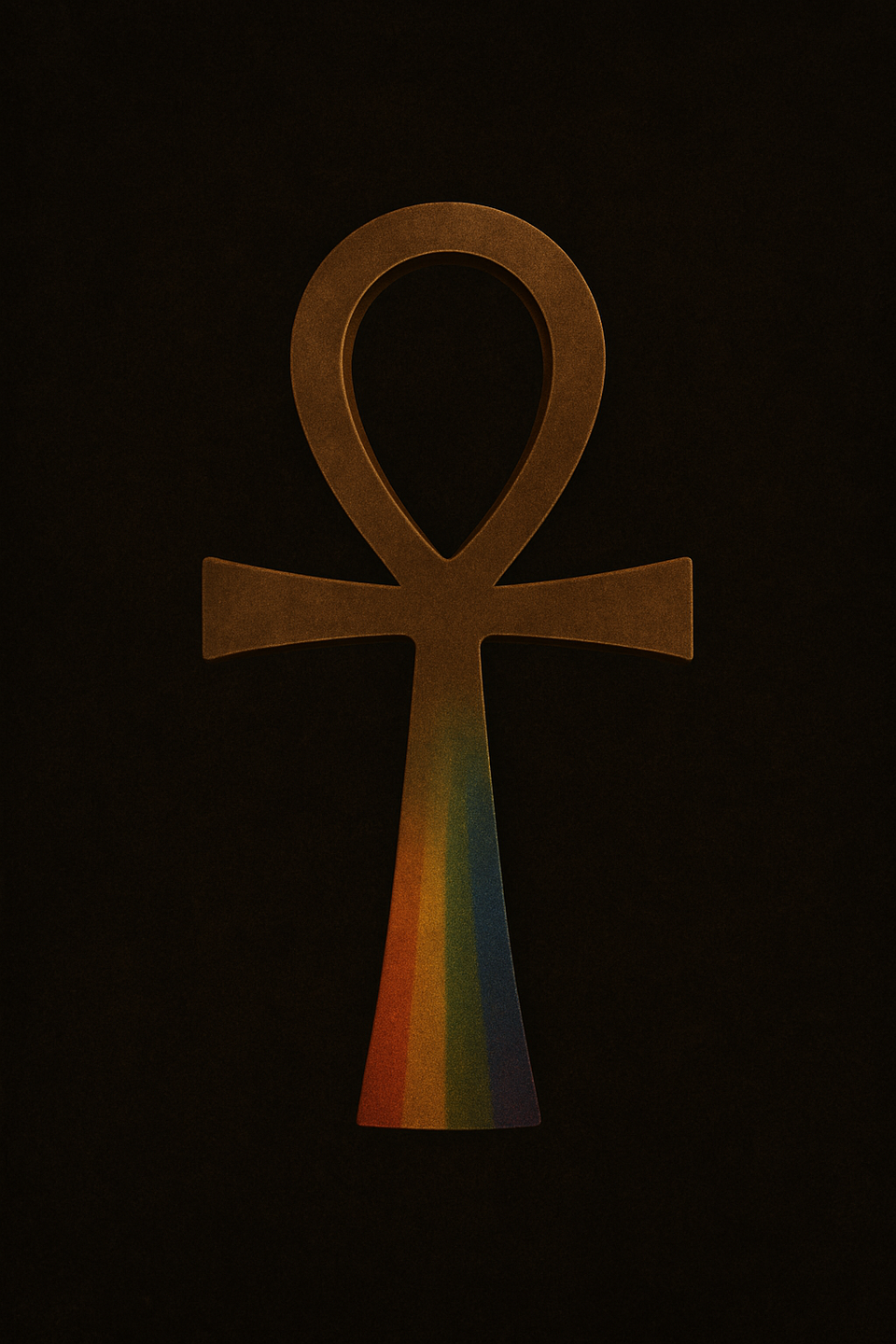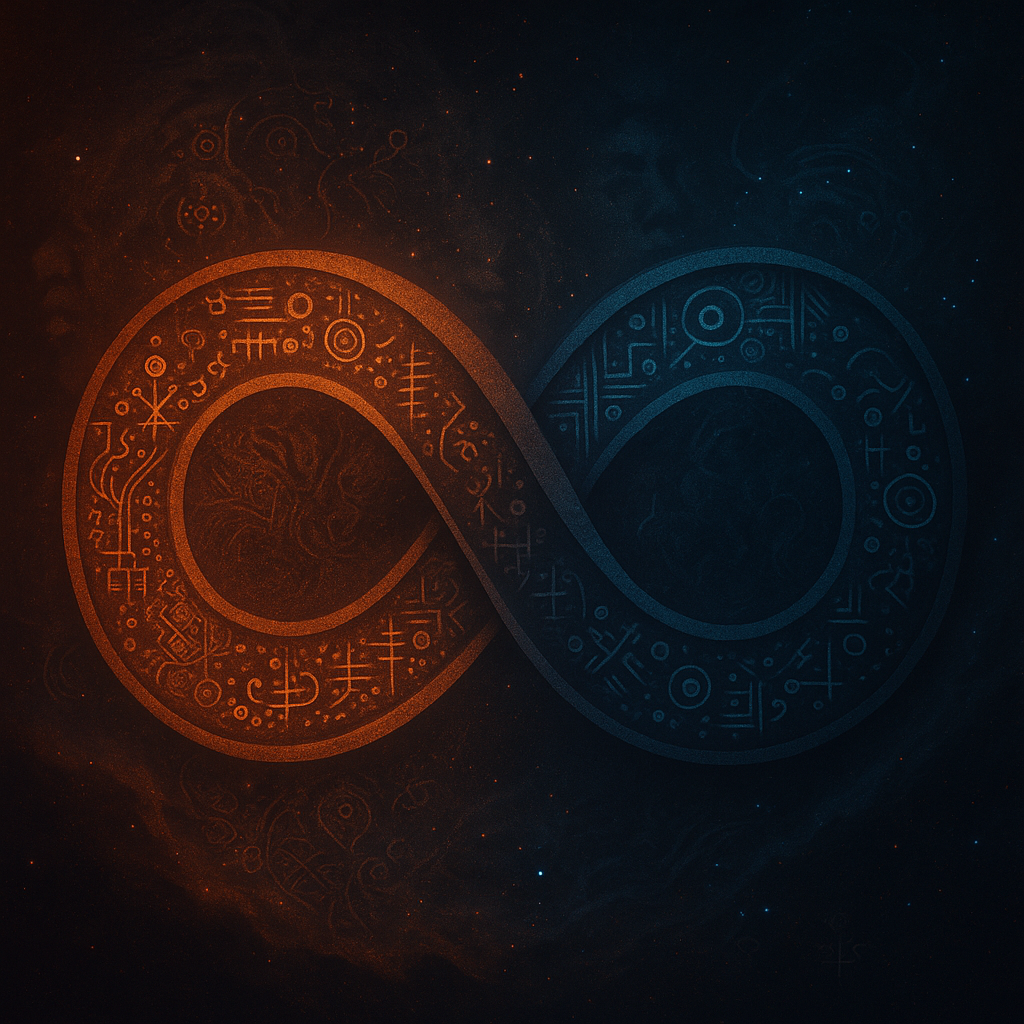Shadows in the Spotlight

A reflective, ritual-based exploration of public conflict, projection, and the longing for connection in Black womanhood.
The viral tensions between Cardi B and Nicki Minaj are not just celebrity spectacle. They are mirrors.
They show us how trauma moves through Black women’s lives under the surveillance of fame, capitalism, and a hyperconnected public. They show us what happens when survival culture, scarcity, and projection are staged in real time for millions of strangers. They show us how conflict is edge play in the game of content.
And yet, beneath the noise, there’s a quieter undercurrent:
we often lash out at the people we feel safest with.
It’s strange relief.
A ritual of shadows.
We show the parts of ourselves we’ve hidden—the parts we haven’t yet accepted—to those who reflect our capacity back to us in ways we haven’t yet harnessed. Sometimes it’s messy. Sometimes it’s sad. But the impulse is intimacy. We want to collaborate in healing.
We just don’t know how.
So we choose dysfunction over isolation.
What we’re witnessing isn’t only feud—it’s the archetype of hypervisibility.
Children are drawn into it.
Addiction is used to demean.
Ageism is weaponized to clock absurdity.
Maturity is suspense these days, a plot twist.
And still, the spectacle persists.
At a certain point, it stops being just rap beef.
It becomes a prolonged spectacle, and when children, family, and addiction are pulled in as weapons, it shifts from lyrical sparring to emotional warfare — played out on a public stage with no boundaries.
Hypervisibility distorts reality, but also reveals the urgent need for harm reduction as a tool of de-escalation—not just for substance use, but for how we hold one another through conflict.
The internet amplifies this rupture.
It becomes a toxic mirror, teaching us to mimic relationships—especially conflict—without ever modeling repair.
We learn conflict before we learn care.
We perform our shadow behaviors in public, then punish each other for being human.
At SXII, we’re not here to judge these moments.
We’re here to map them. To ritualize them. To learn what they’re teaching us about connection, safety, sovereignty, and a lack of space society hosts for processing rage.
Because even when our rage is a cry for help, the blueprint for healing still lives inside us.
Our erotic and emotional memory holds the codes for repair—ancestral systems of accountability, community guardianship, and sacred power exchange.
We’ve been interrupted, but the memory is still there.
◇ Ask yourself ◇
When I reach for conflict, am I also reaching for closeness?
When I crave relief through rage, what ritual could I choose instead?
What would harm reduction look like in my own relationships?
Presence is not a public utility. Black womanhood is complex.



